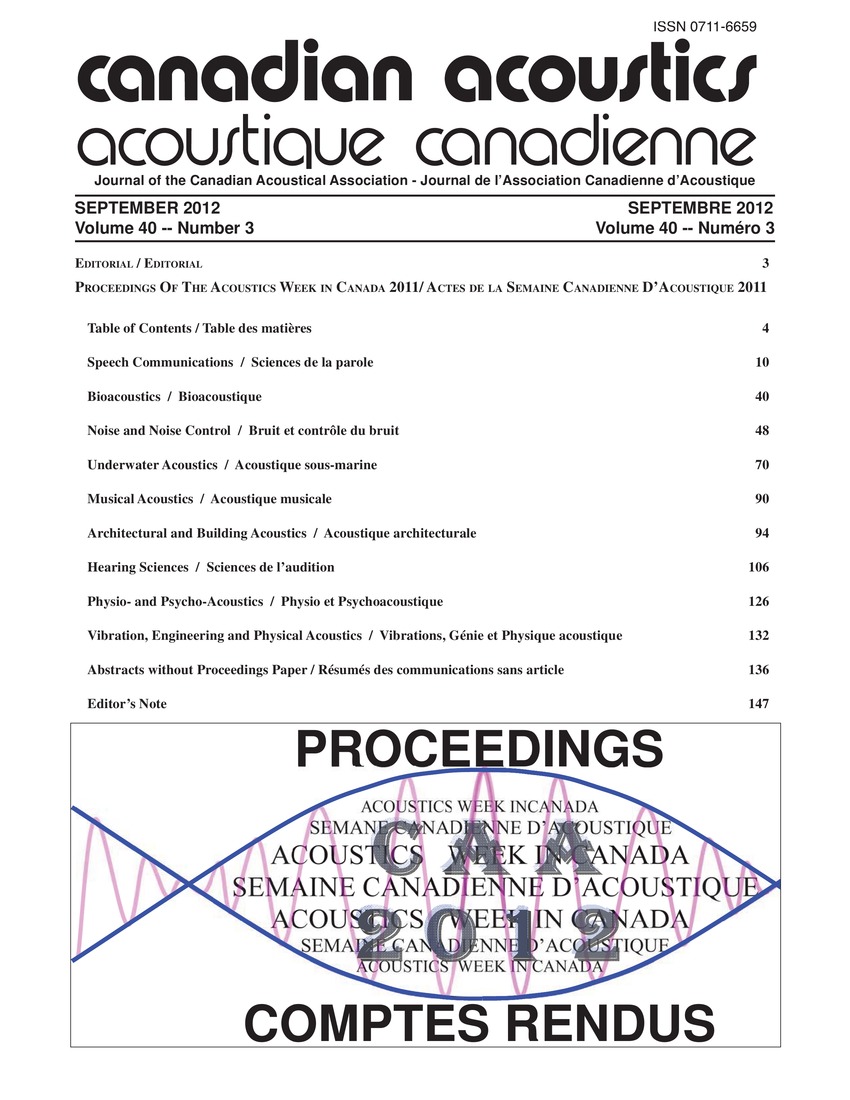Human cochlear maps
Keywords:
Basilar membranes, Helical channels, High frequency, Outer hair cell, Temporal bone, Traveling waveAbstract
The human cochlear maps, a liquid-filled helical channel in the temporal bone, are studied. An unrolled profile of that channel is considered and modified human cochlear maps axe reproduced. It is found that at high frequency and low sound-pressure level (SPL), the active basilar-membrane (BM) oscillation velocity peak can be much higher and sharper than the just described passive peak. The maximal power that healthy outer hair cells (OHC) can feed into cochlear traveling waves is so small that its influence on the place of maximal BM oscillation velocity is negligible at SPL ? 100dB, which is above 100 dB the BM oscillation velocity peak is close to the passive peak even in a healthy cochlea. The results also show that the IOC resonator enables the outer hair cells to feed energy into cochlear traveling waves and thus to give rise to the active BM oscillation velocity peak.Additional Files
Published
How to Cite
Issue
Section
License
Author Licensing Addendum
This Licensing Addendum ("Addendum") is entered into between the undersigned Author(s) and Canadian Acoustics journal published by the Canadian Acoustical Association (hereinafter referred to as the "Publisher"). The Author(s) and the Publisher agree as follows:
-
Retained Rights: The Author(s) retain(s) the following rights:
- The right to reproduce, distribute, and publicly display the Work on the Author's personal website or the website of the Author's institution.
- The right to use the Work in the Author's teaching activities and presentations.
- The right to include the Work in a compilation for the Author's personal use, not for sale.
-
Grant of License: The Author(s) grant(s) to the Publisher a worldwide exclusive license to publish, reproduce, distribute, and display the Work in Canadian Acoustics and any other formats and media deemed appropriate by the Publisher.
-
Attribution: The Publisher agrees to include proper attribution to the Author(s) in all publications and reproductions of the Work.
-
No Conflict: This Addendum is intended to be in harmony with, and not in conflict with, the terms and conditions of the original agreement entered into between the Author(s) and the Publisher.
-
Copyright Clause: Copyright on articles is held by the Author(s). The corresponding Author has the right to grant on behalf of all Authors and does grant on behalf of all Authors, a worldwide exclusive license to the Publisher and its licensees in perpetuity, in all forms, formats, and media (whether known now or created in the future), including but not limited to the rights to publish, reproduce, distribute, display, store, translate, create adaptations, reprints, include within collections, and create summaries, extracts, and/or abstracts of the Contribution.


